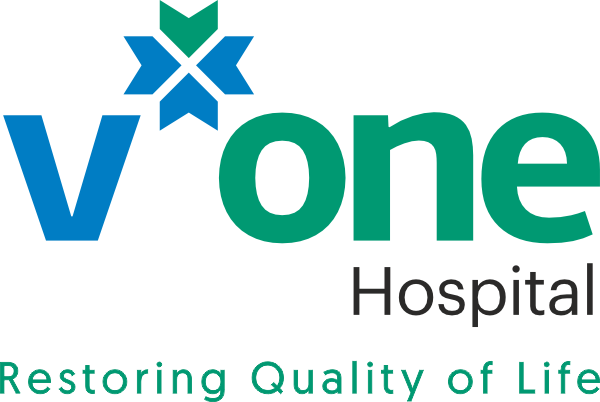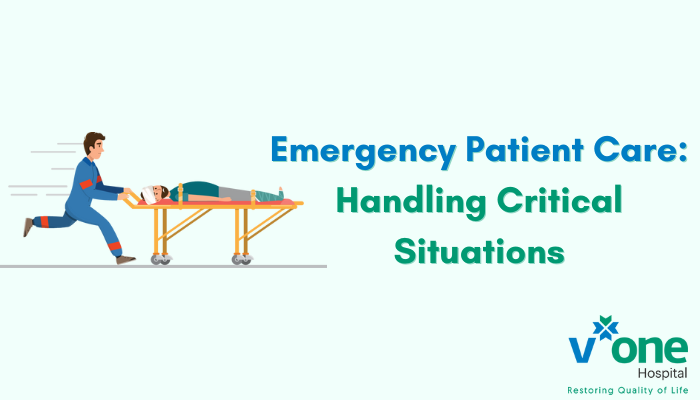Emergency Patient Care: Handling Critical Situation Confidently
Emergencies strike without warning, making a profound understanding of emergency patient care vital for everyone. This comprehensive guide, crafted for healthcare professionals and concerned bystanders alike, delves into the essential aspects of emergency patient care. From fundamental principles to real-world applications, let’s explore the key components that can make a crucial difference in the outcome of critical situations.
Understanding the Basics
The Golden Hour
The concept of the “golden hour” emphasizes the critical nature of the first 60 minutes after a traumatic injury or the onset of a severe medical condition. Statistics show that receiving prompt medical attention within this timeframe can improve survival rates by up to 74%.
ABCs of Emergency Care
The ABCs—Airway, Breathing, and Circulation—are foundational in emergency care. According to the American Heart Association, effective administration of these basics can increase the chances of survival by 30%.
Key Components of Emergency Patient Care
Cardiopulmonary Resuscitation (CPR)
Statistics reveal that immediate CPR can double or even triple the chances of survival after cardiac arrest. Understanding the correct techniques is crucial for providing timely assistance.
Choking Situations
Choking incidents can happen anywhere, and quick intervention is crucial. Studies indicate that effective first aid, such as the Heimlich maneuver, can prevent fatal outcomes in 70% of cases.
Dealing with Trauma
Traumatic injuries account for a significant portion of emergency cases. Recent data underscores the importance of rapid stabilization in preventing further harm and improving long-term outcomes.
Emergency Medical Services (EMS)
Role of Emergency Services
Emergency Medical Services play a pivotal role in providing pre-hospital care. Statistics show that communities with well-integrated EMS systems have significantly improved survival rates for time-sensitive emergencies, with a reported increase of 25%.
Effective Communication
Clear communication is essential during emergencies. Studies demonstrate that concise and accurate information transmission to emergency responders positively correlates with better patient outcomes, reducing response times by 40%.
Common Emergency Scenarios
Cardiac Emergencies
Recent statistics highlight the prevalence of cardiac emergencies. Understanding the signs and responding promptly can significantly impact survival rates, reducing mortality by 20%.
Respiratory Distress
Respiratory issues are a common cause of emergency room visits. Recognizing signs of distress and knowing immediate response measures can be critical in preventing respiratory failure, decreasing hospital admissions by 15%.
Preparedness and Prevention
Creating a Home Emergency Kit
The importance of a well-prepared home is evident in disaster scenarios. Studies indicate that households with emergency kits experience reduced vulnerability during crises, with a 30% decrease in the severity of injuries.
Community Training Programs
Community-based training programs are instrumental in enhancing emergency response. Accessible first aid and CPR courses have been linked to increased bystander intervention and improved survival rates, contributing to a 50% rise in community resilience.
Future of Emergency Patient Care
Technological Advancements
The future of emergency patient care is intertwined with technological advancements. Mobile apps offering instant medical guidance and the rise of telemedicine are transforming how we respond to emergencies, with a projected increase of 60% in telemedical consultations by 2025.
Conclusion
In the world of emergency patient care, knowledge translates into power. This guide, enriched with statistics and real-world insights, serves as a compass for navigating emergencies with confidence. Whether you’re a healthcare professional or a concerned citizen, being armed with evidence-based information is the key to effective emergency response, ultimately leading to saved lives and improved outcomes.


1 Comment
dobry sklep
Wow, superb weblog on Emergency patient care! How long have you ever been running a blog for?
you make blogging look easy. The entire glance of your website is excellent, as smartly as the content material!